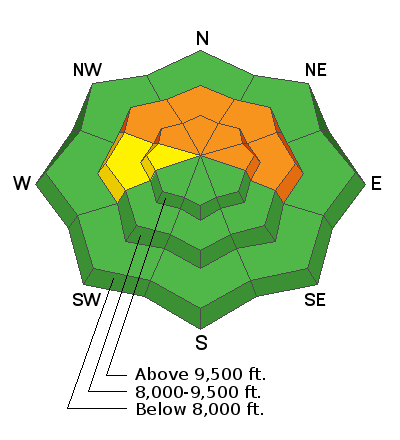Forecast for the Provo Area Mountains

Issued by Nikki Champion on
Wednesday morning, December 22, 2021
Wednesday morning, December 22, 2021
Today, the avalanche danger is CONSIDERABLE on steep slopes facing northwest, north, northeast, and east at the mid and upper elevations.
The avalanche danger is MODERATE on mid-elevation and upper elevation slopes facing west.
The remaining aspects and elevations have a LOW danger.
Large, deadly, and dangerous human-triggered avalanches 1-3' deep and hundreds of feet wide are likely. These avalanches can be triggered from a distance.
HEADS UP: With lots of wind & snow in the forecast, the avalanche danger will be on the rise starting Thursday and will continue to be dangerous through the holiday break. Please share the word with friends, family, and riding partners that conditions will continue to be dangerous and deadly here in Northern Utah, especially as the new snow stacks up. Be careful.

Low
Moderate
Considerable
High
Extreme
Learn how to read the forecast here







